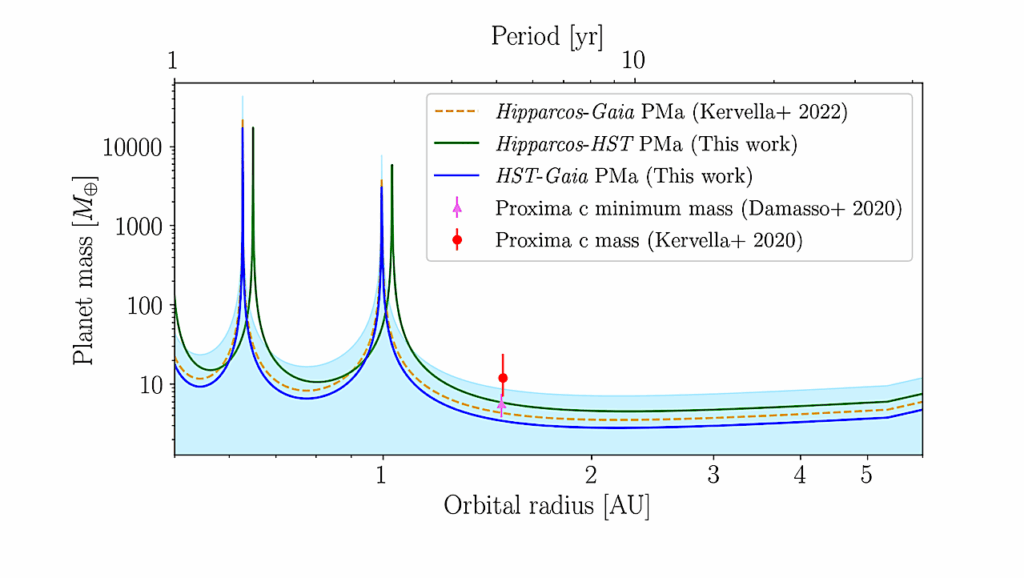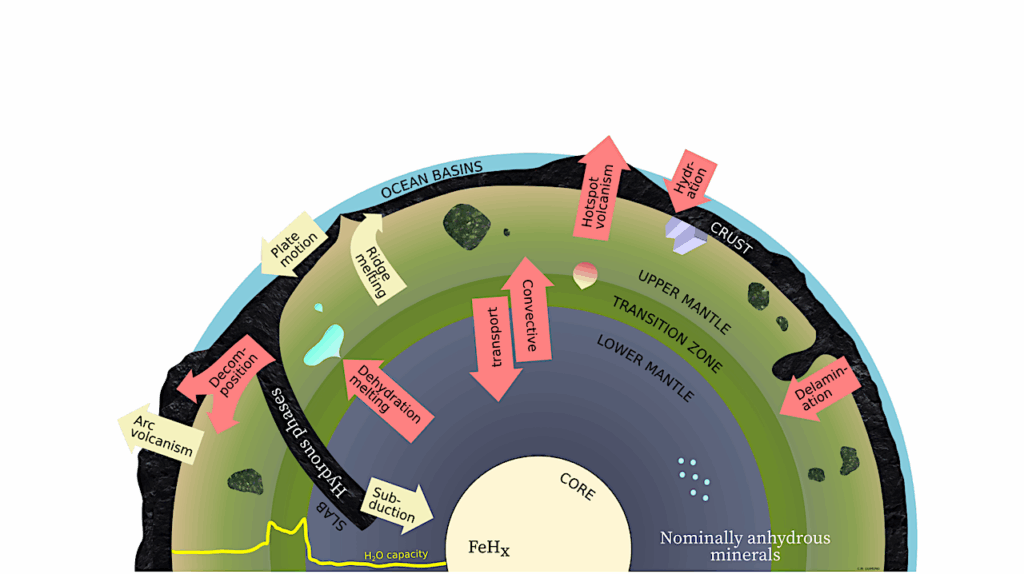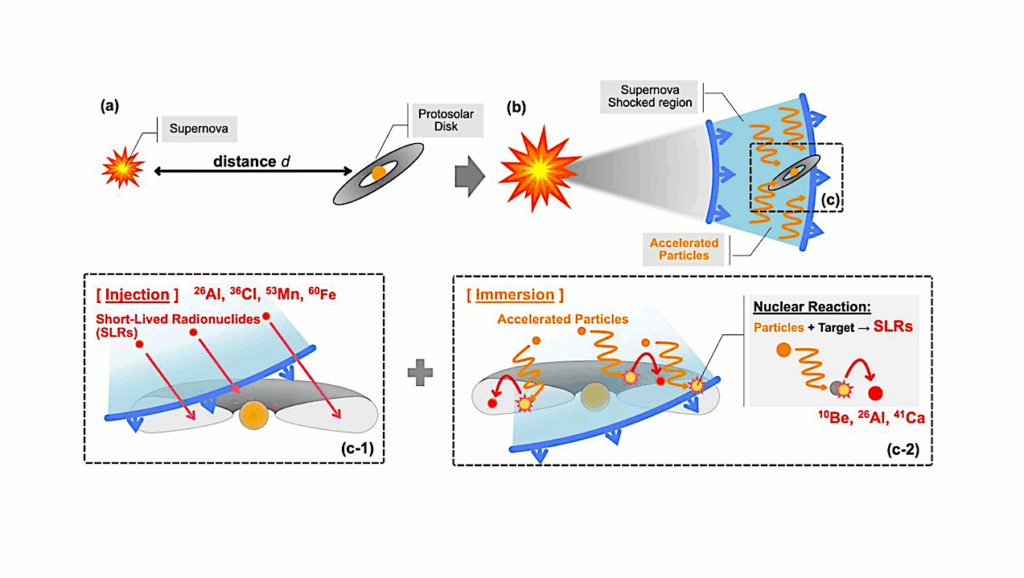Quantifying The Information Impact Of Future Searches For Exoplanetary Biosignatures

One of the major goals for astronomy in the next decades is the remote search for biosignatures (i.e.\ the spectroscopic evidence of biological activity) in exoplanets.
Here, we adopt a Bayesian statistical framework to discuss the implications of such future searches, both in the case when life is detected, and when no definite evidence is found. We show that even a single detection of biosignatures in the vicinity of our stellar system, in a survey of similar size to what will be obtainable in the next two decades, would affect significantly our prior belief on the frequency of life in the universe, even starting from a neutral or pessimistic stance.
In particular, after such discovery, an initially agnostic observer would be led to conclude that there are more than 105 inhabited planets in the galaxy with a probability exceeding 95\%. However, this conclusion would be somewhat weakened by the viability of transfer of biological material over interstellar distances, as in panspermia scenarios. Conversely, the lack of significant evidence of biosignatures would have little effect, leaving the assessment of the abundance of life in the galaxy still largely undetermined.
Amedeo Balbi, Claudio Grimaldi
Comments: Published on PNAS
Subjects: Earth and Planetary Astrophysics (astro-ph.EP)
Journal reference: Proceedings of the National Academy of Sciences Aug 2020, 202007560
DOI: 10.1073/pnas.2007560117
Cite as: arXiv:2008.07586 [astro-ph.EP] (or arXiv:2008.07586v1 [astro-ph.EP] for this version)
Submission history
From: Amedeo Balbi
[v1] Mon, 17 Aug 2020 19:31:04 UTC (1,399 KB)
https://arxiv.org/abs/2008.07586
Astrobiology








